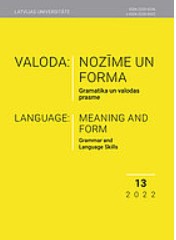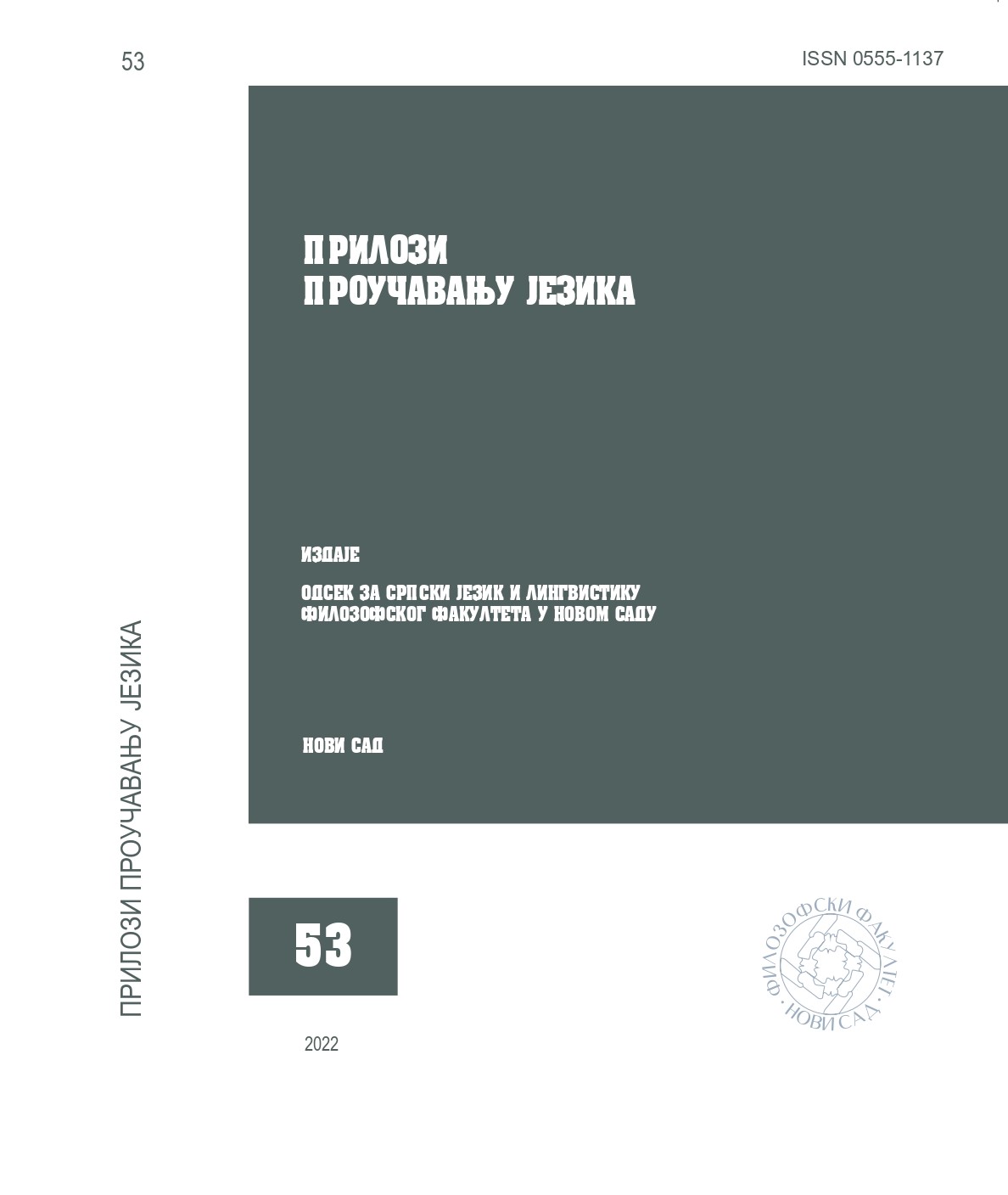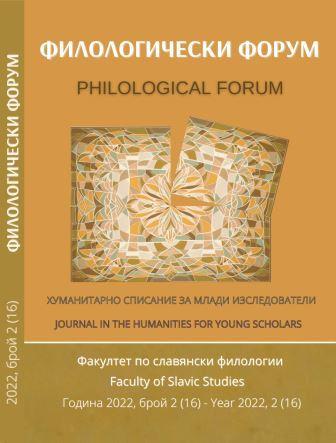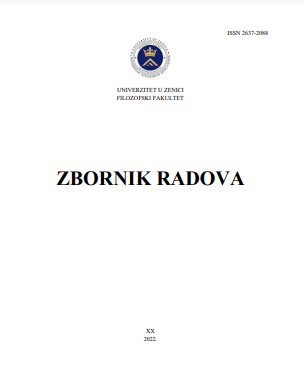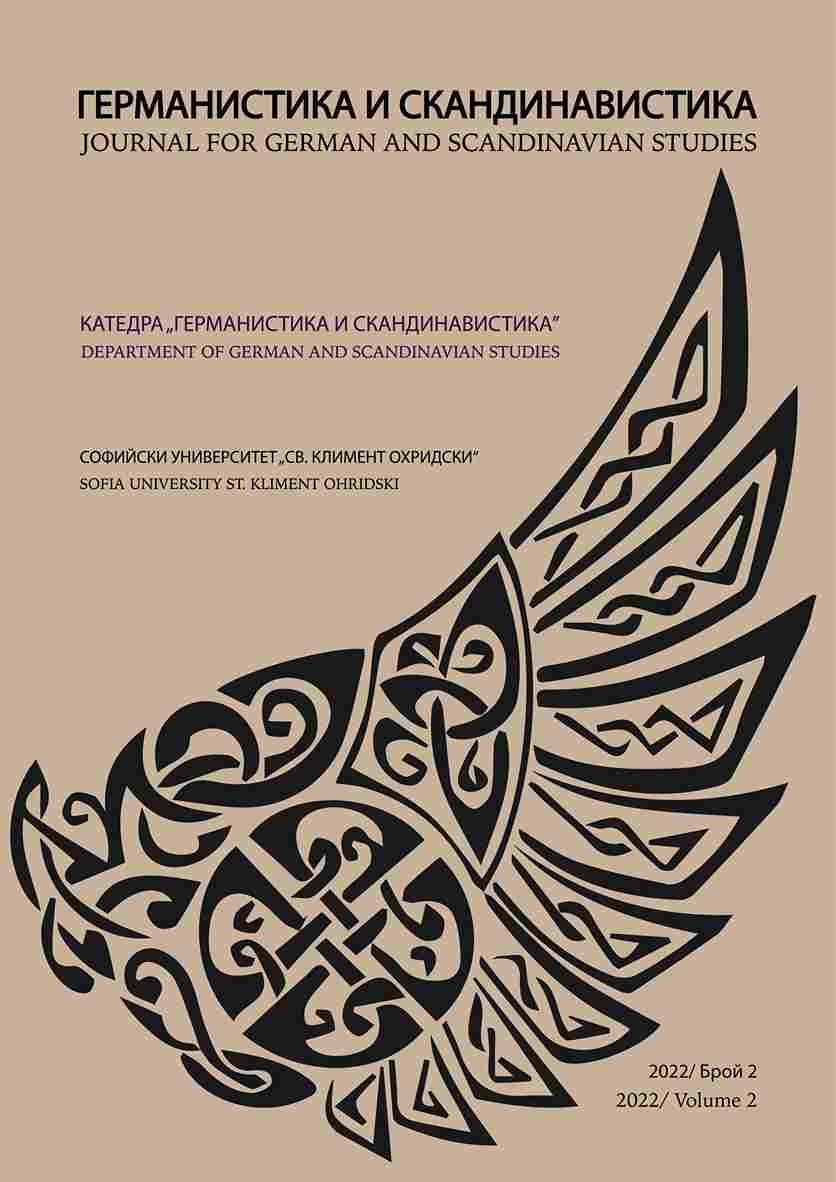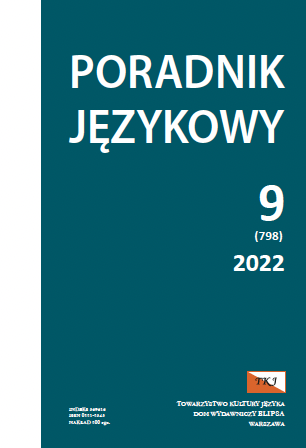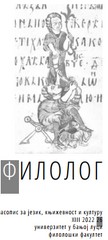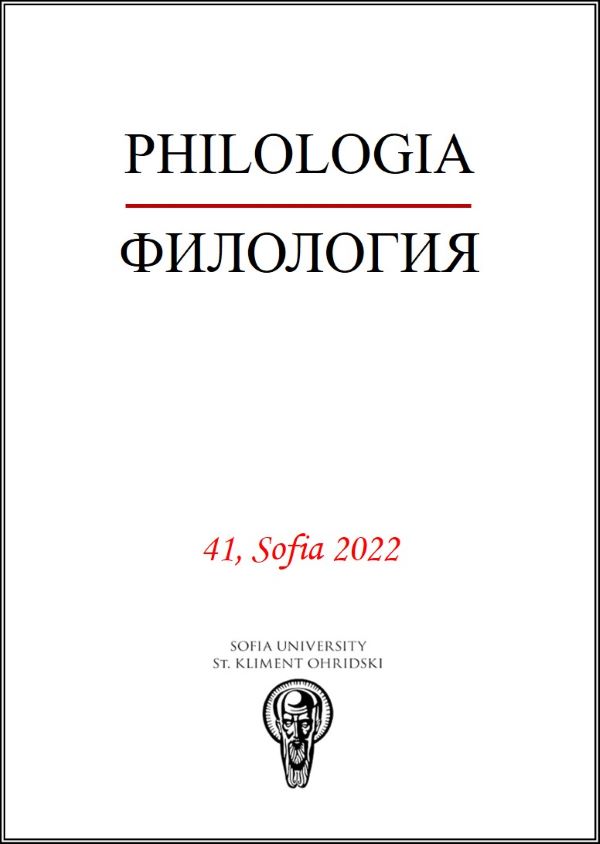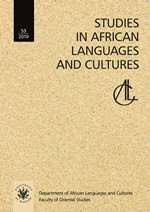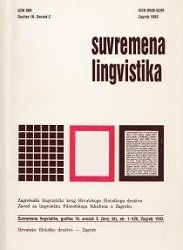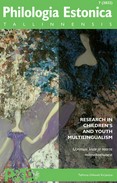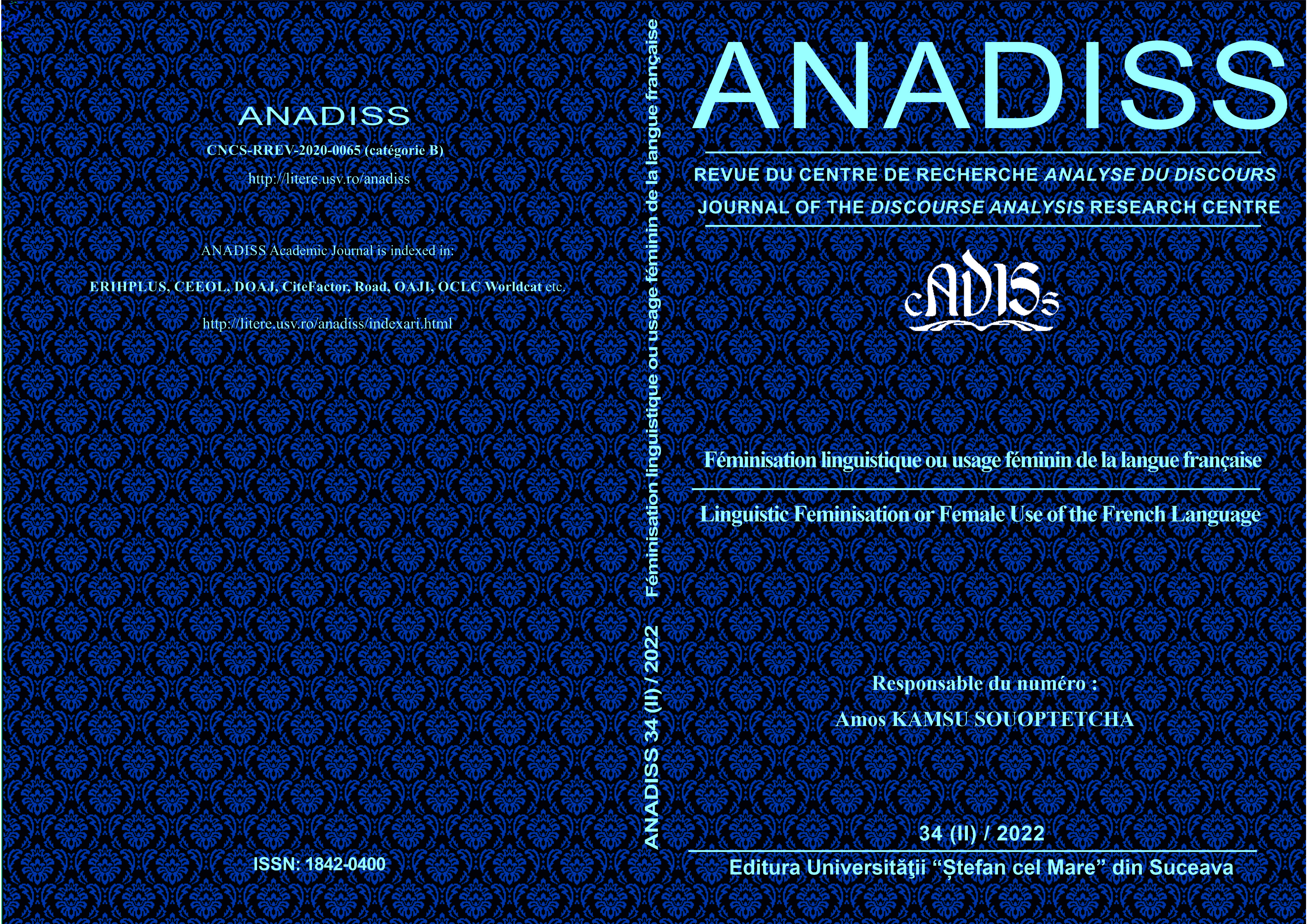Raamat sünnib kuulata
The article describes the text-to-speech system Vox Populi, the Iselugeja (Self-Reader) application of Elisa Raamat, and the interactive service of reading aloud library materials in DIGAR user environment. Digitation of written library materials, electronic book circulation and the developments in speech technologies now enable the linguistically challenged – people suffering from visual impairment or dyslexia – to receive library services in the form of texts read aloud in synthetic speech or of audio books instead of paper books (no matter whether published or still in print). Text-to-speech systems consist of two components: editor interface and synthesis interface. The editor interface analyses the input text and makes up a list of supposed foreign words and unidentified character strings. The online environment of the phonetic database of foreign names enables addition of pronunciation equivalents and checking the pronunciation of foreign names. The synthesis interface enables the user to choose between different synthetic voices and to modify the speech rate for the voice selected. Those two interfaces cooperate to convert text files into synthetically voiced audio files. The hub of the system is input text analysis and the processing of abbreviations, digits and special characters. Perception tests have been used to specify how to best reflect the text structure (paragraphs, titles and direct speech) in synthesised speech. The text-to-speech system Vox Populi is available as a public service and Iselugeja is a free additional feature to the application Elisa Raamat. Thus, the devices for listening to audio books and for mediating the digital archives of libraries are obviously taking us to an era where being read to in interactive style is becoming an everyday service to library readers.
More...
